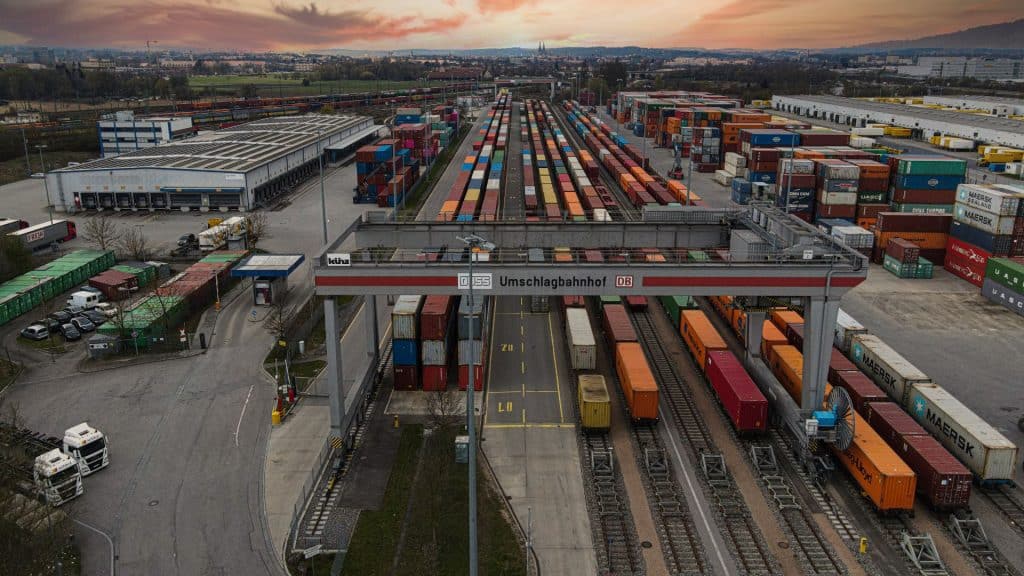WEST COAST CONTAINER PORTS REGAIN SOME MARKET SHARE WITH LABOR SITUATION RESOLVED
U.S. container import volumes increased slightly in August compared to the previous, consistent pre-pandemic peak season patterns. U.S. container import volumes in August 2023 rose by 0.4% from July 2023, totaling 2,196,268 TEUs. Compared to August 2022, TEU volume decreased by 13.2%, but increased by 2.5% from pre-pandemic August 2019 levels. Meanwhile, with the ILWU ratifying its labor agreement at West Coast ports, ports there have regained some market share lost over the past year. Last month, the top West Coast ports saw a significant increase in volume, driven by increases at the Ports of Los Angeles and Long Beach, which both showed the greatest overall container volume increases. This resulted in West Coast ports’ increasing its share of total import container volume to 41.9%, up 3.6% from the previous month.

SSA AIMS FOR US GULF, SOUTHEAST PORT GROWTH AS CERES DEAL CLOSES
While some cargo will return to the US West Coast now that a new longshore worker contract is in place, long-term growth still Favors ports along the Gulf Coast and Southeast due to lower landed costs and increasing population in those regions, according to the head of terminal operator and stevedore SSA Marine. As such, the acquisition of Ceres Terminals was necessary so West Coast-based SSA could “remain relevant” to ocean carriers making a similar switch.
DRAYAGE INDUSTRY FACES TECHNOLOGY DILEMMA IN DOWN FREIGHT MARKET
Drayage carriers are confronting a challenging freight environment in which to invest in technology, just as the breadth of solutions available to them to solve long running problems has expanded. The pandemic made clear the gap that exists between dray providers and other service providers in the global supply chain when it comes to available technology. “Drayage, from a technology perspective, was overlooked. “There were some boutique software companies focused on drayage, but then COVID happened.

US COLD STORAGE SUPPLY STRUGGLING WITH COSTS, AGING FACILITIES AMID HIGH DEMAND
Cold storage warehousing in the US can’t keep up with growing demand for capacity in the sector, with more than 70% of existing assets too old to be energy efficient and speculative builds deemed too risky given they’re triple the cost of dry warehouses and highly specific to each tenant’s needs. Existing vacancy levels in the US cold storage market hover at about 4 million square feet — a far cry from the 100 million square feet of dry warehousing vacancies and 681.2 million square feet under construction.
MINOR PEAK SEASON EXPECTED IN DOMESTIC INTERMODAL MARKET: HUB GROUP US intermodal provider believes there will be a small peak season that is slightly better than a year ago, but nowhere near as robust as 2020 or 2021. There should be an uptick in containers traveling on rail over the next two months, but that bump will dissipate before Thanksgiving. Not anticipating a significant peak.




